To photographically relate the border between two states is never easy. Unlike the frontier – that is to say the narrow strip of territory which is close to the border – the border is in fact something more blurred and difficult to detect and circumscribe both conceptually, and visually. Especially if, as in the case of Luca Prestia, the border to focus on is little more than an imaginary line hand drawn by man.
The boundary that separates Italy from France along the wide mountainous area of the Colle di Tenda is just that. Re-designed and established in the autumn of 1947, after months of intensive negotiations, it is recognisable only thanks to isolated boundary stones that since then dot the surrounding landscape between the Ligurian Alps and the Maritime Alps, precariously balanced between Piedmont, Liguria and the French region of the Provence-Alpes-Côte d'Azur.
Through these places, «we are in front of a space made of rocks and air – says the author – suspended between innumerable ridges, valleys, caves and peaks that seem to literally cling to a sky that on a sunny day seems to be made of cobalt». However, it is not only the nature generously offered by its landscapes to have moved Prestia during his wanderings among the so-called highlands. These areas – as almost all those marked by the presence of the border – are indeed places of passage and, as such, are often marked by a turbulent past, interweaving the stories of immigration and illegal emigration, of smuggling, of war, of disappointments and hopes. |
|
They are transition zones, thresholds towards elsewhere sanctioned conventionally as different, alien, that bear, what is now a famous back cover of a book by Francesco Biamonti, Italo Calvino defined as the «pathos of the frontier». (1)
This makes it symbolically available to other readings, more intimate and all encompassing, the mirror of an existential condition that sees in the unknown something awful and fascinating at the same time, and in the very concept of limit, enshrined in the word border, a paradox. «The eye of the observer can thus enjoy a 360 degree vision without encountering obstacles – adds Luca Prestia – in a visual embrace that returns the things to their right order and recognises in nature the role it deserves, making the action appear ultimately exercised by man – with his illusory desire for control and demarcation – as a negligible, one of those things, destined not to last».
[ Stefania Biamonti ]
--------------------------------------------
(*) - Free translation from Treccani dictionay (ed. online: http://www.treccani.it/vocabolario/confine/).
(1) - Francesco Biamonti, L'angelo di Avrigue, Giulio Einaudi editore, Turin, 1983.
|

 home
cover ▼
opinions
news ▼
portfolio
post.it
post.cast
video
ongoing
thematicpaths
googlecards
FPtag
home
cover ▼
opinions
news ▼
portfolio
post.it
post.cast
video
ongoing
thematicpaths
googlecards
FPtag





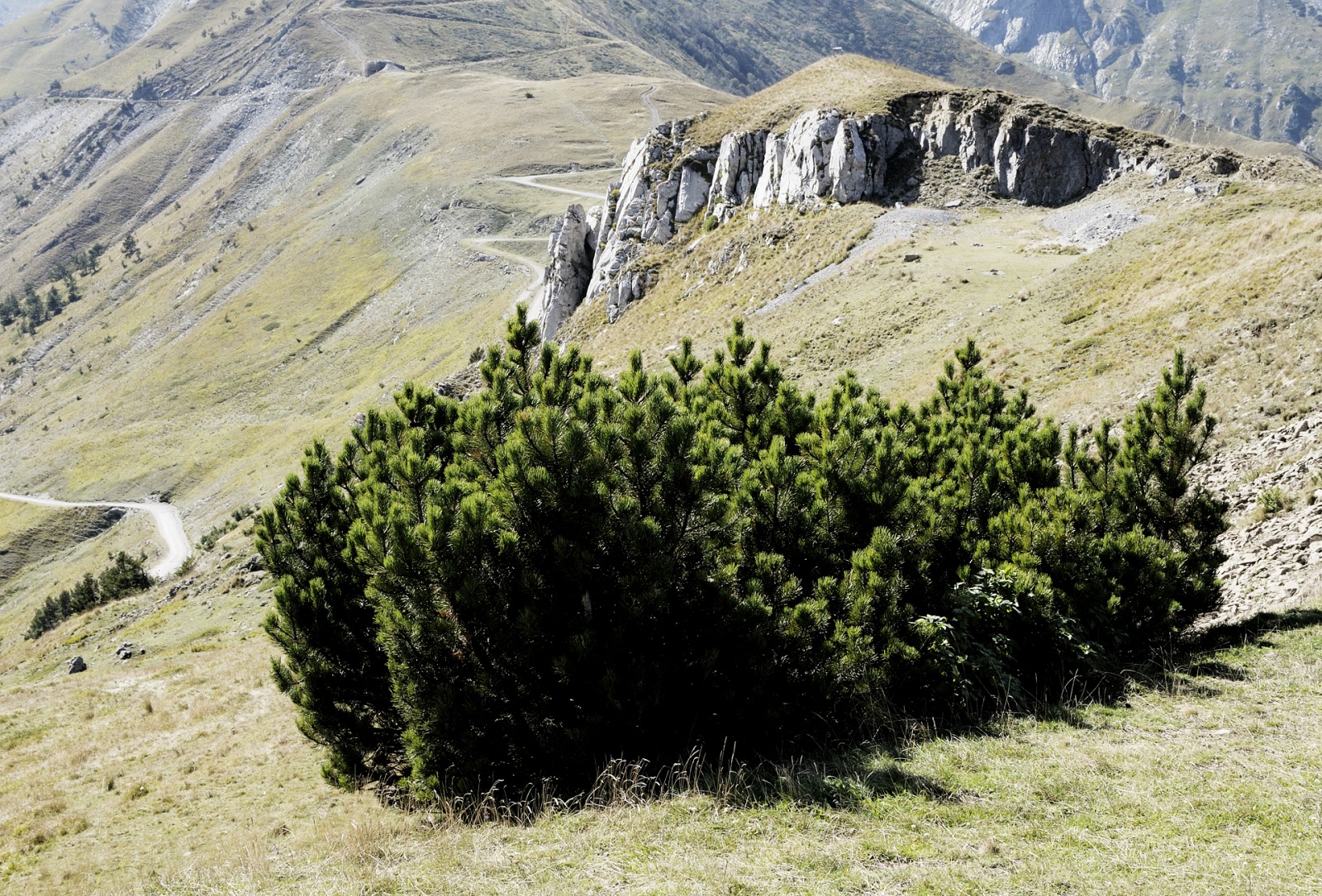
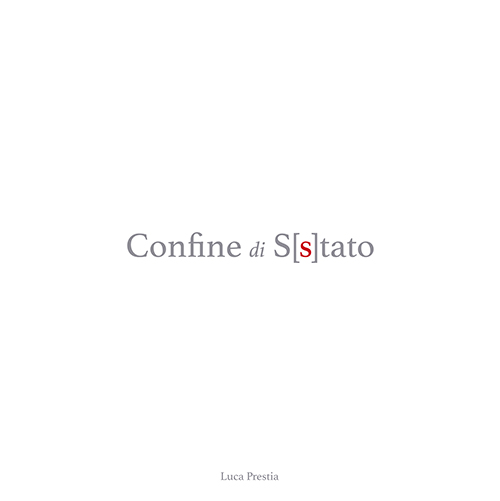
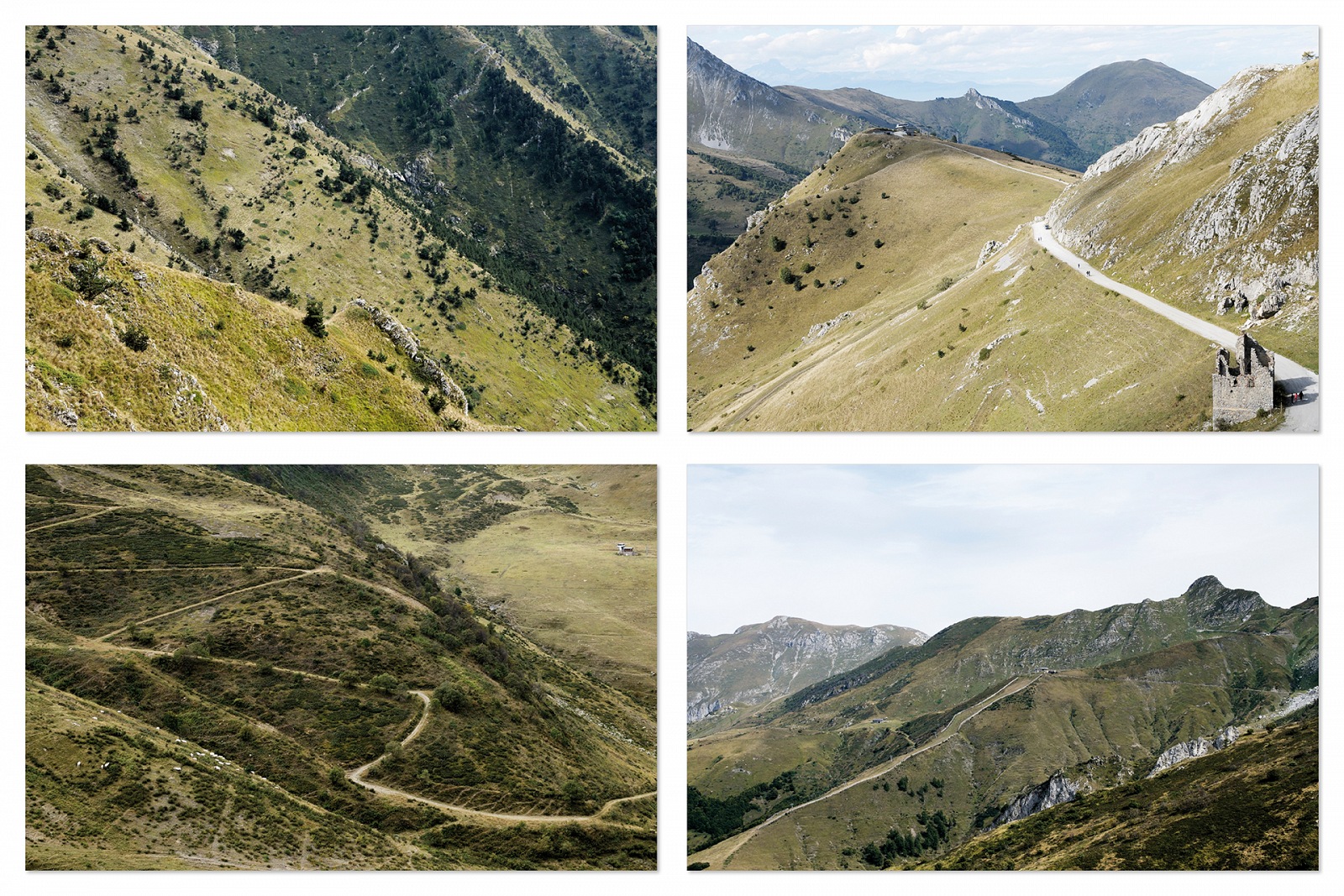


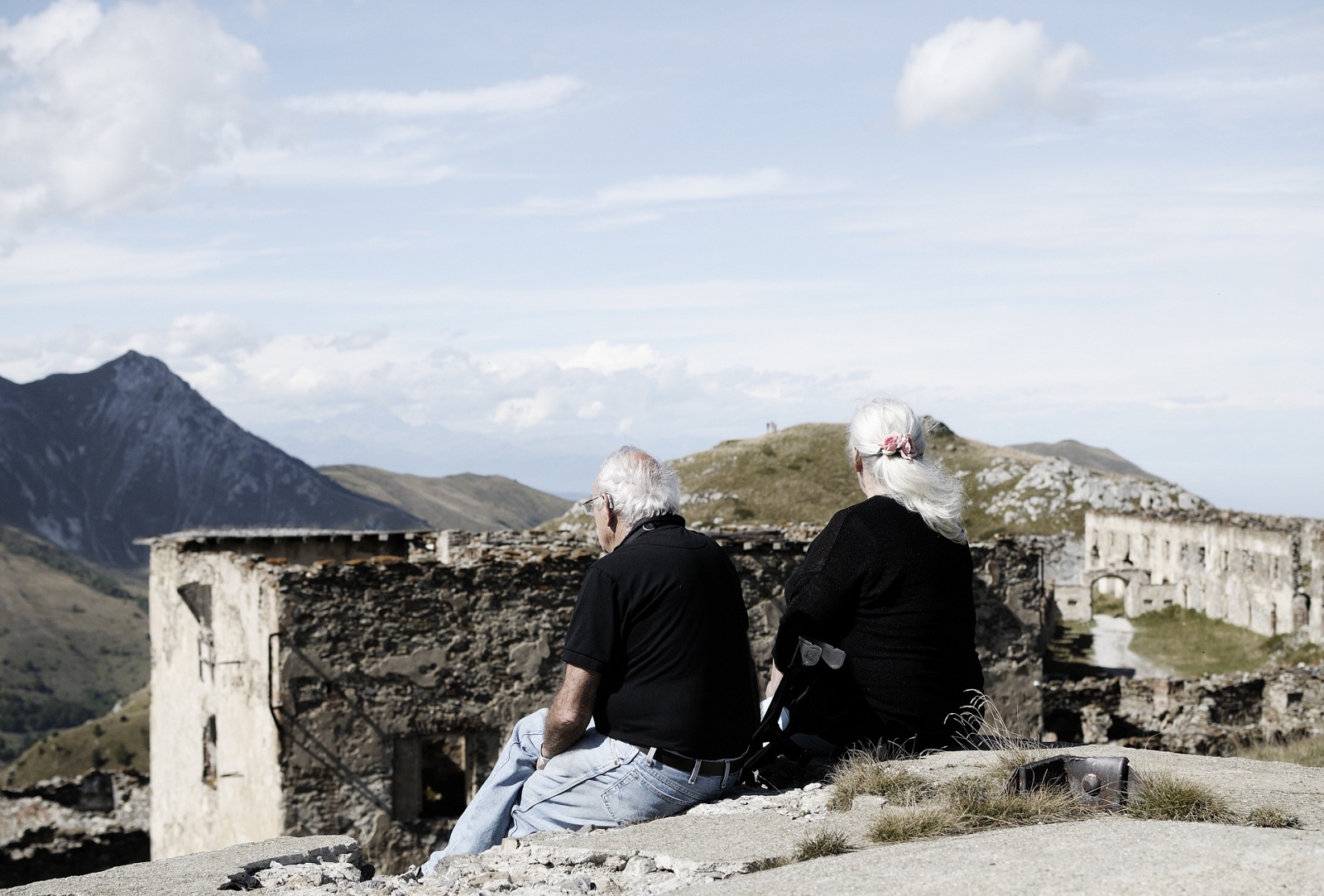
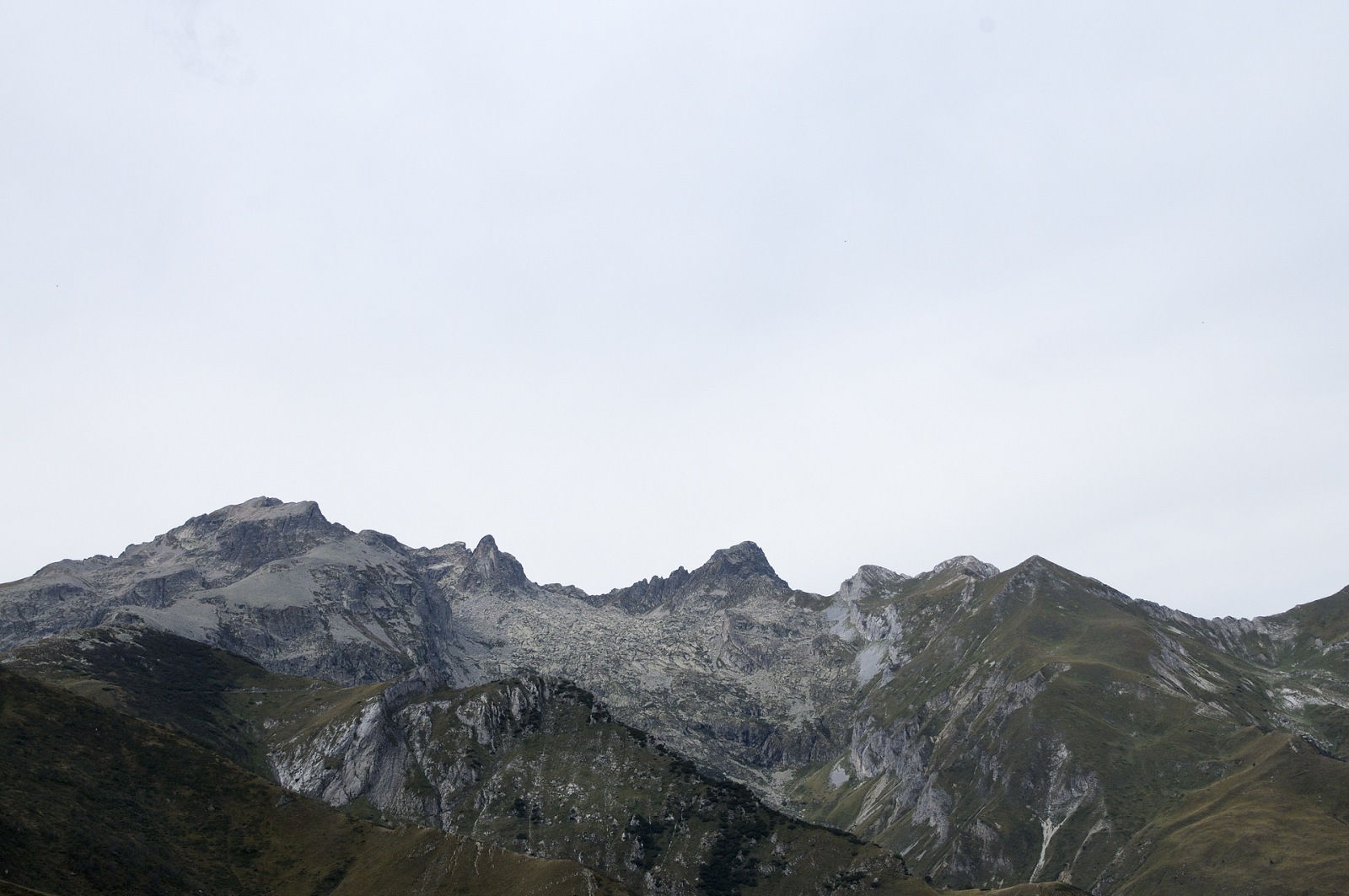
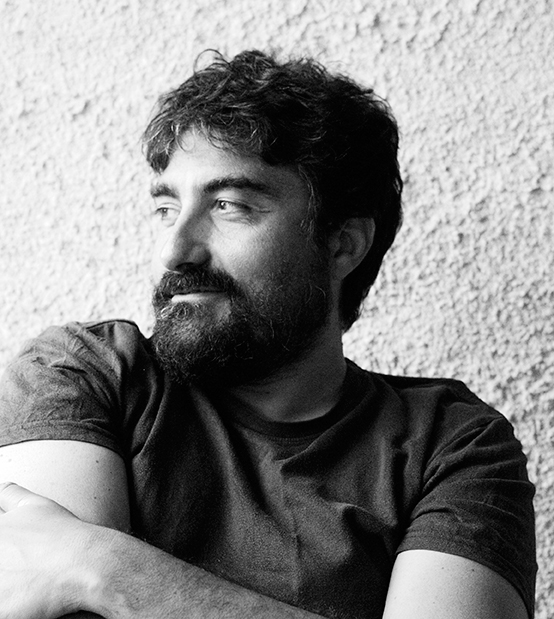 Luca Prestia - Born in Turin in 1971, Luca Prestia graduated in Modern History at the University of Turin, where he also later obtained a PhD in the same discipline. Prestia began photographing as a freelancer in the nineties and, since 2000, is registered with the Association of Journalists of Piedmont. He has collaborated in the production of documentaries with a social background as a photographer and backstage, and his images have been used as covers of books and magazines and published in both Italy and abroad, as well as printed and online newspapers, including La Stampa, La Repubblica and Tg24.sky.it. For several years, his interest has been mainly directed to landscape photography and documentaries both analogue and digital. His latest work, completed in the summer of 2014, is Confine di S[s]tato, presented in these pages and now published in a photographic volume.
Luca Prestia - Born in Turin in 1971, Luca Prestia graduated in Modern History at the University of Turin, where he also later obtained a PhD in the same discipline. Prestia began photographing as a freelancer in the nineties and, since 2000, is registered with the Association of Journalists of Piedmont. He has collaborated in the production of documentaries with a social background as a photographer and backstage, and his images have been used as covers of books and magazines and published in both Italy and abroad, as well as printed and online newspapers, including La Stampa, La Repubblica and Tg24.sky.it. For several years, his interest has been mainly directed to landscape photography and documentaries both analogue and digital. His latest work, completed in the summer of 2014, is Confine di S[s]tato, presented in these pages and now published in a photographic volume.
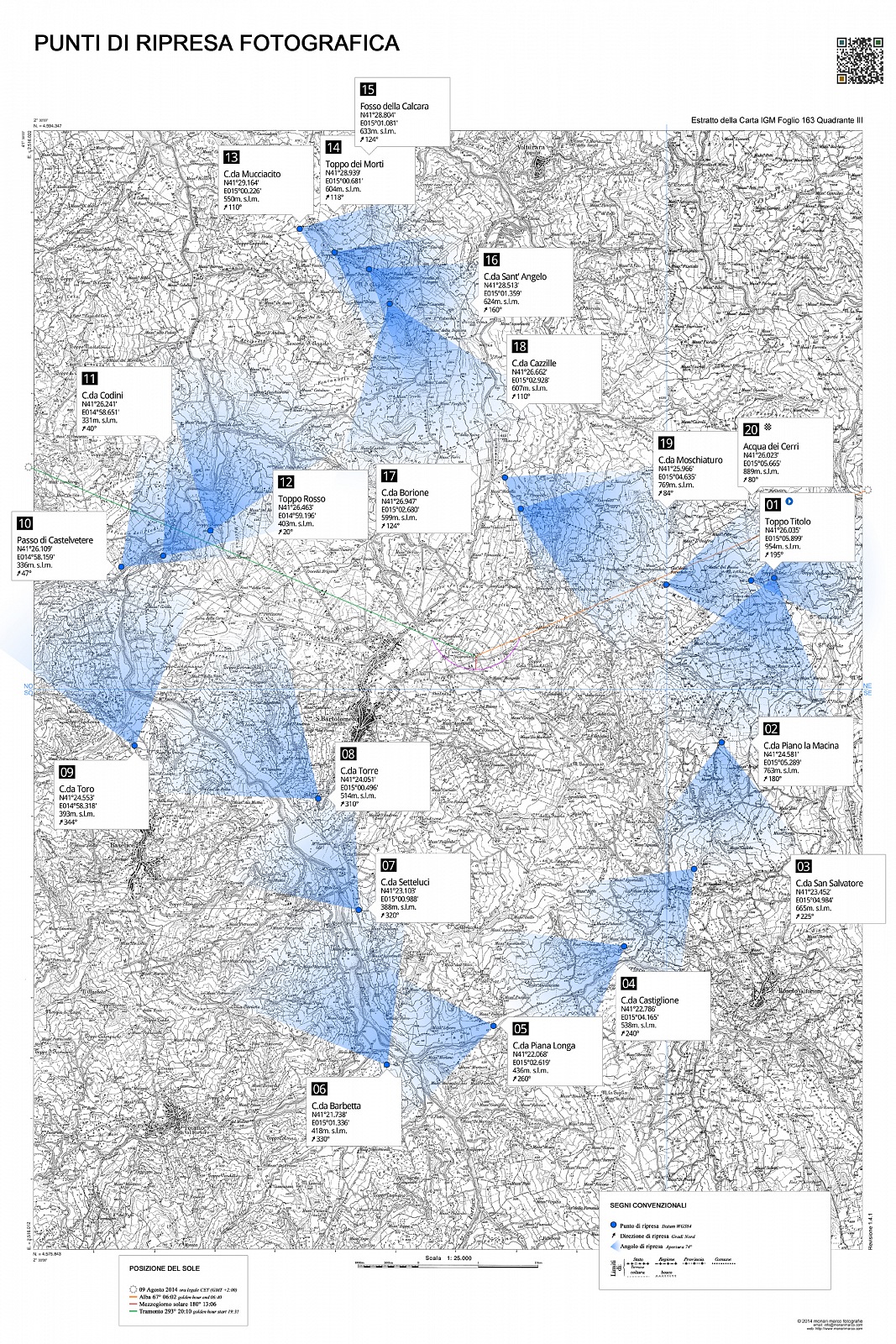
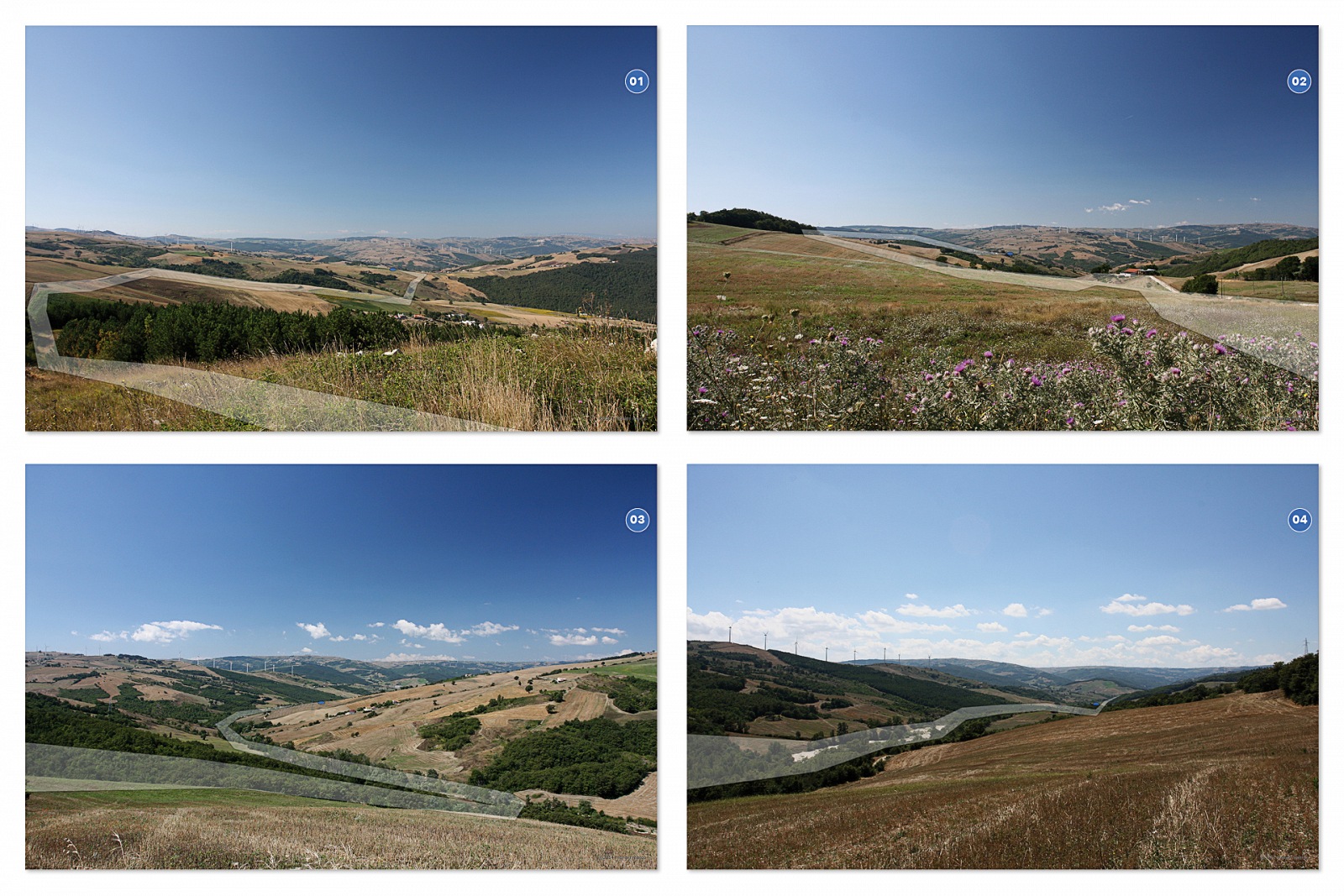




 Marco Monari - Born in Bologna in 1966, Marco Monari moved to the South of Italy, in Valle del Fortore in San Bartolomeo in Galdo, in the province of Benevento. Struck by the radical change in the landscape, he has dedicated himself over the years to the analysis of the photographic territories of Benevento, with particular attention to Bosco Montauro and the course of the river Fortore. His photographic interest also turned to the wildlife of the area and photographs from above, where he experimented with the aid of a kite.
Marco Monari - Born in Bologna in 1966, Marco Monari moved to the South of Italy, in Valle del Fortore in San Bartolomeo in Galdo, in the province of Benevento. Struck by the radical change in the landscape, he has dedicated himself over the years to the analysis of the photographic territories of Benevento, with particular attention to Bosco Montauro and the course of the river Fortore. His photographic interest also turned to the wildlife of the area and photographs from above, where he experimented with the aid of a kite.